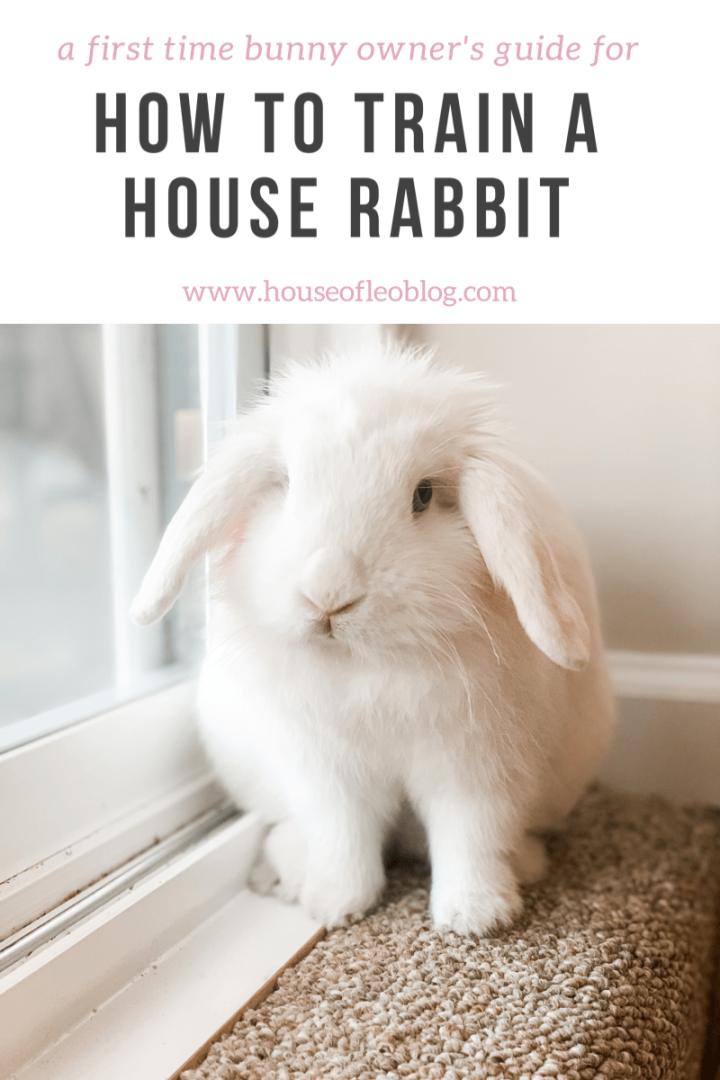Can a Rabbit Be House Trained?
Rabbits are adorable and affectionate pets that bring joy to many households. However, one concern many prospective rabbit owners have is whether or not rabbits can be house-trained. The good news is that yes, rabbits can indeed be house-trained! With patience, consistency, and proper training techniques, you can teach your furry friend to use a litter box and roam freely around your home without any accidents. In this article, we will explore the steps you can take to successfully house-train your rabbit.

Why House Training a Rabbit is Possible
Rabbits are naturally clean animals. In the wild, they establish specific areas to use as toilets, known as latrines. This instinct can be utilized when house training your pet rabbit, making the process easier and more successful compared to other animals. Additionally, rabbits are intelligent creatures that can be easily trained with positive reinforcement methods.
Steps to House Train a Rabbit
House training a rabbit requires patience, consistency, and a proper understanding of your pet’s behavior. Here are the steps you can follow to successfully house-train your rabbit:
- Create a safe and comfortable environment: Before starting the training process, ensure that your rabbit has a safe and spacious living area. Provide them with a cozy litter box, a suitable bedding material such as hay, and some toys to keep them entertained.
- Choose an appropriate litter box: Rabbits prefer litter boxes with low sides for easy access. Avoid using scented or clumping cat litter, as these can be harmful if ingested. Opt for rabbit-safe litter options such as paper-based pellets or hay-based litter.
- Observe your rabbit’s behavior: Pay attention to your rabbit’s behavior, especially when they are about to relieve themselves. Rabbits often display certain signs such as sniffing the ground, circling, or lifting their tails before urinating or defecating.
- Introduce the litter box: Place the litter box in an easily accessible spot within your rabbit’s living area. Encourage your rabbit to investigate the litter box by placing some of their droppings inside. You can also add a small amount of soiled bedding to attract them to the box.
- Use positive reinforcement: Whenever your rabbit uses the litter box correctly, reward them with praise, treats, or a gentle pat. Positive reinforcement helps them associate the litter box with positive experiences and encourages them to use it consistently.
- Clean up accidents promptly: If your rabbit has an accident outside the litter box, it’s important to clean it up promptly and thoroughly. Use an enzymatic cleaner to remove any lingering odor, as rabbits are more likely to repeat their accidents if they can smell previous soiling.
- Be patient and consistent: Remember that house training a rabbit takes time and effort. Be patient with your pet and continue to reinforce the desired behavior consistently. Avoid punishing or scolding your rabbit for accidents, as this can hinder the training process and damage the trust between you and your furry companion.
Frequently Asked Questions (FAQs)
1. Can all rabbit breeds be house-trained?
Yes, house training techniques can be applied to all rabbit breeds. However, it’s important to note that individual rabbits may have different temperaments and learning abilities. Some rabbits may require more time and patience to be successfully house-trained.
2. How long does it take to house-train a rabbit?
The time it takes to house train a rabbit can vary depending on the individual rabbit and the consistency of the training. Some rabbits may learn quickly within a few weeks, while others may take several months. It’s essential to remain consistent and patient throughout the process.
3. What if my rabbit keeps having accidents outside the litter box?
If your rabbit continues to have accidents outside the litter box, it’s crucial to evaluate the training process and make any necessary adjustments. Ensure that the litter box is easily accessible, clean, and filled with suitable litter. Consider consulting with a veterinarian or an experienced rabbit owner for additional guidance.
4. Can a spayed or neutered rabbit be easier to house-train?
Spaying or neutering your rabbit can often improve the success of house training. Unaltered rabbits may have a stronger inclination to mark their territory, which can make training more challenging. Consult with a veterinarian about the appropriate age to spay or neuter your rabbit.
By following these steps and maintaining consistency, you can successfully house-train your rabbit and enjoy a harmonious living environment. Remember to be patient and understanding, as every rabbit is unique and may require different amounts of time and effort to learn. Enjoy the process of bonding with your furry friend and watching them thrive in their litter-trained lifestyle!
Related Articles…
Copyright Notice:
All images on this website are obtained from the internet and remain copyrighted to their original owners. If you hold copyright to any image and want it taken down, please reach us.